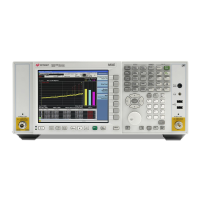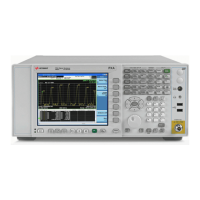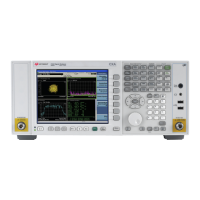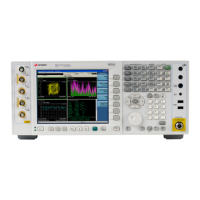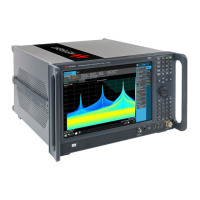Security Features and Document of Volatility 22
Memory Clearing, Sanitization and Removal Procedures
Memory
sanitization
Not applicable. This memory does not contain user information and is not accessible by the user.
Memory removal Not applicable.
Write protecting Not applicable.
Memory
validation
Not applicable.
Remarks With one exception, as described below, these memories are only writable by factory/service center
software, or upgrade installation software. These memories are internally connected to proprietary
internal control data buses (as opposed to standard computer buses such as IDE, PCI, USB). They
are not accessible by the Operating System or by third-party software, or by the user, to protect the
measurement accuracy and consistency of the instrument. They are rarely modified, to ensure no
degradation of instrument performance. These memories contain no user data. Many of these
memories have long write times, and limited write endurance, so they are not intended to be
written to dynamically by software.
The sole exception applies to the EEPROM on the A7 Midplane Assembly. Inserting a USB memory
device containing a valid license key file into the instrument causes the key file to be copied to both
the C: drive and the EEPROM on the A7 Midplane Assembly.
Table 5-3 SD Memory Card
Description and
purpose
The intended purpose of the SD Memory Card is for backing up the instrument calibration database
file. The backup and restore process used by the instrument will default to this location.
Users can also write to this memory, since it appears as another disk drive to the instrument.
Size 16 Gigabytes
Memory clearing Software utilities are available that comply with the clearing requirements specified for Magnetic
Disks and Flash Drives in the “Clearing and Sanitization Matrix” in Section 14.1.16 of the ODAA
Process Manual for the Certification and Accreditation of Classified Systems under the NISPOM.
Memory
sanitization
We recommend always removing the SD Memory Card to achieve sanitization.
For program classifications lower than Top Secret, this media type can be sanitized using method
"d" as defined in the "Clearing and Sanitization Matrix" in Section 14.1.16 of the ODAA Process
Manual for the Certification and Accreditation of Classified Systems under the NISPOM“.
For Top Secret and higher program classifications, SD Card removal is the only acceptable
sanitization procedure.
Memory removal See the Chapter “SD Memory Card Removal Procedure” on page 30.
Write protecting The SD Memory Card can be write protected by the use of a switch located on the card itself. Write
protecting the card does not interfere with the normal operation of the instrument operating system
or the instrument application software.
Memory
validation
The SD Memory Card can be validated using third-party Windows utilities.
Table 5-2 EEPROM Memories
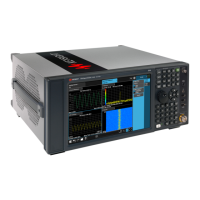
